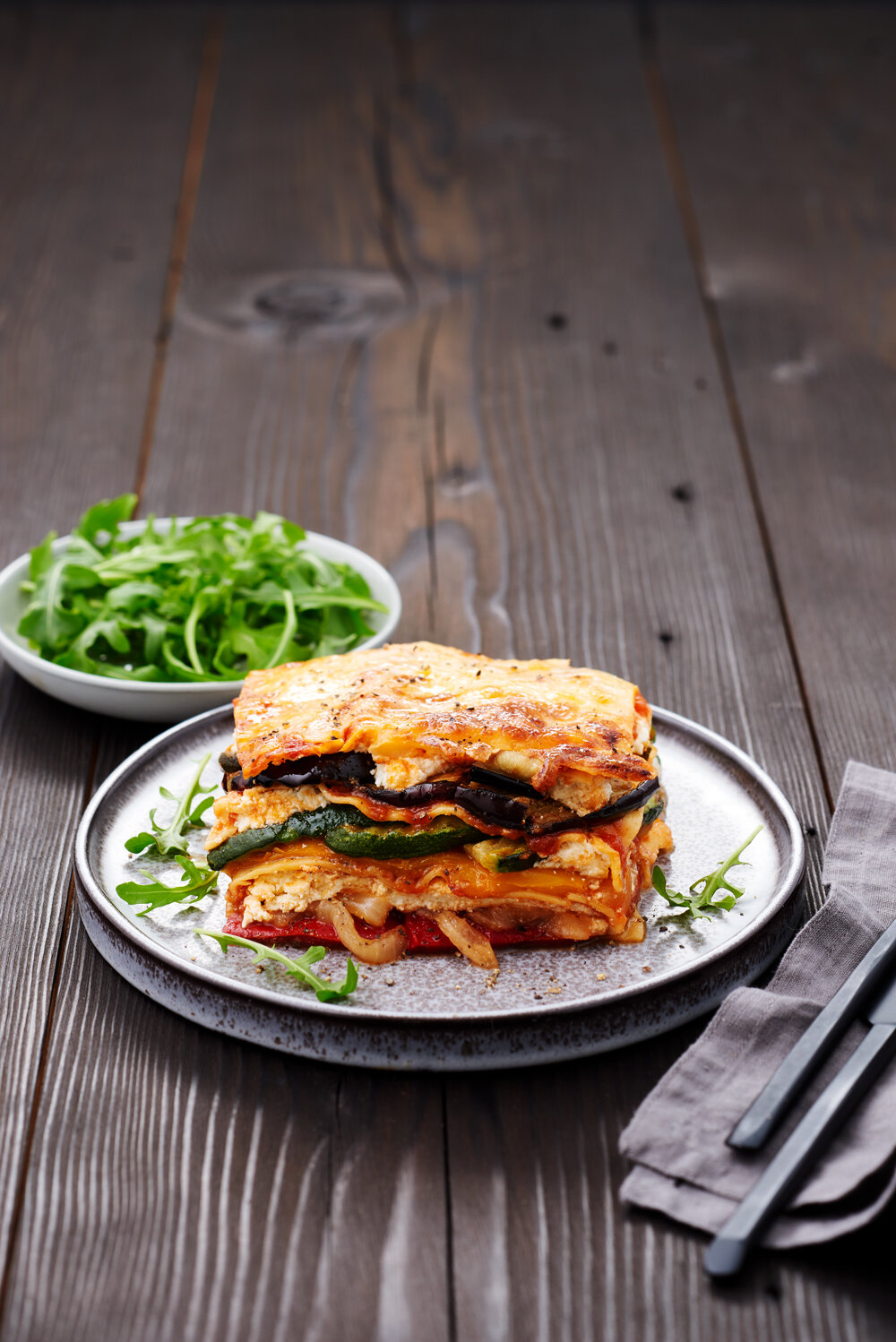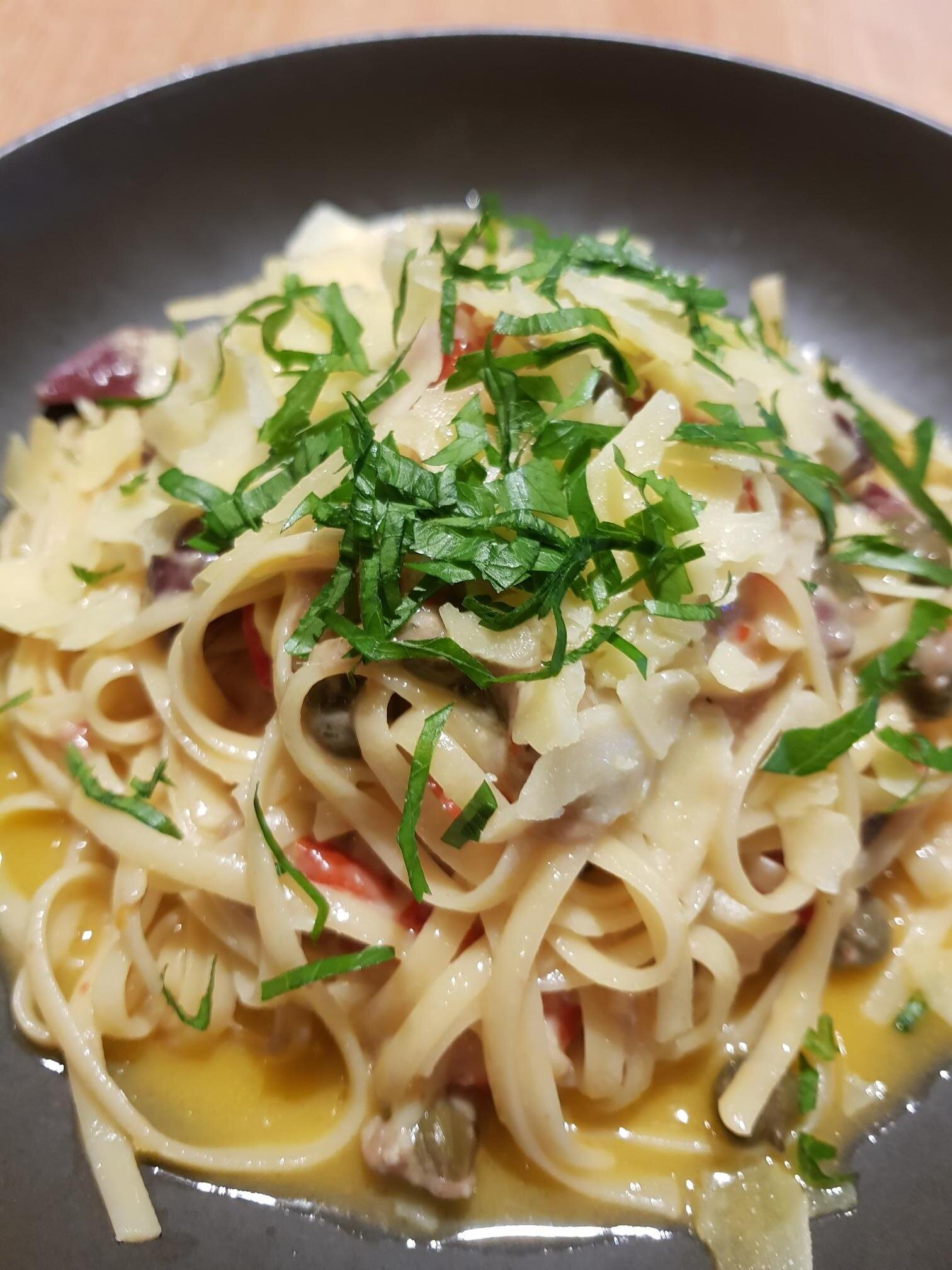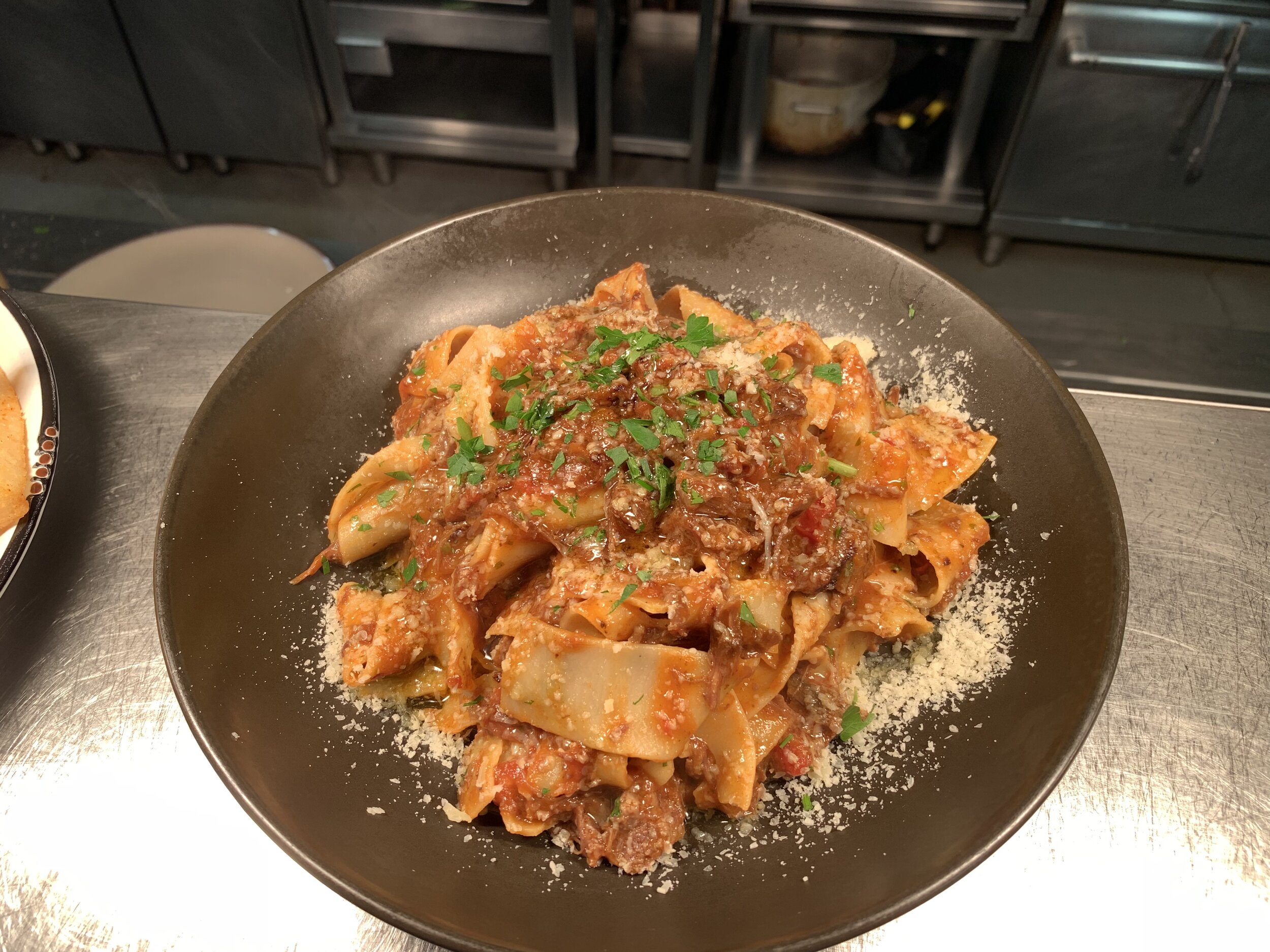Pasta still a customer drawcard, but care needs to be taken for delivery
Pasta has long been a mainstay of the foodservice menu – but with so many businesses now focusing on home delivery due to the ever present threat of lockdowns, making pasta dishes that withstand the rigours of travel and arrive at the customer’s premises in appetising condition can be tricky.
Chef Peter Wright has some tips about how to adapt pasta to the home delivery market. “Baked pastas such as lasagnes and cannelloni are quite dense so they will hold up well and retain heat,” Peter points out.
“In these recipes the pasta is almost a conduit for the flavours of the other layers and so you don’t have to worry about keeping an ‘al dente’ texture. But a fresh pasta that’s been tossed in a sauce is going to keep cooking, so it’s not going to travel well.”
Peter suggests choosing a pasta which has been designed specifically to be blanched, chilled and reheated. He also says it’s important to experiment with your cooking times.
“My advice would be to cook the pasta, put it in the delivery container then eat it half an hour later and see how it stands up. You might find you need to undercook it by a minute or so to make it just right in half an hour – you can’t just do what you’d do in an a la carte situation and say that will work as a delivery too.
“You actually have to re-evaluate the recipe and cooking time and hold it accordingly.”
“You might also need to add more sauce or separate your garnishes to mix through after delivery – so it’s finished off by the customer.”
For example, if you’re using a tomato-based sauce, you could include some parmesan, chopped parsley and a handful of rocket and the customer can utilise these upon delivery. “That way they get to have fun with it – maybe a little instruction card can go out with the meal detailing the necessary steps.
“A bit of theatre around home delivery makes all the difference, because then it’s not just ordering a plate of food that turns up lukewarm. So be as creative as you can – there are no rules because this is all new, so go with the flow and if you think of an idea, just do it and see if it works.
Seafood pasta remains strong in the club market
Delivery-related concerns aside, pasta remains one of the biggest menu drawcards, especially at pubs and clubs - and The Ary Toukley on the NSW Central Coast is no exception.
“We always run three pasta dishes on the menu – seafood pastas are a great attraction, and we’ll include a vegetarian or vegan option too,” says Operations Manager Alex Patterson.
“Any pasta with prawns gets blown out of the park to be honest. Pasta is a great choice in general because you can use your leftover trims such as salmon belly.”
“The response to those dishes is really good and I think the customers really appreciate them.”
Alex’s team recently put on a braised beef fettucine which went gangbusters. “Beef cheeks are always one of our most popular dishes, so we took the trim from that and served it with mushrooms, bacons, a little house jus and Napoli sauce and it really sold. Within four weeks we’d sold out of trim so it was definitely worth doing – we can buy in a 5kg pack of beer cheeks and use the whole lot for fettucine!”
Pasta trends to watch
Chef Adam Moore says that fresh-made pasta is making a renaissance – “I see fewer people using dried pasta and more and more making their own. This way they can incorporate whatever inclusions they want, and when it’s made fresh it lasts longer plus you can promote the fact that it’s made in-house.
“There’s also a move away from the traditional durum wheat to things like maize or quinoa which is bringing new flavours and textures into the category.”
On the dried pasta front, he cites the example of pasta chips – a recent innovation in American QSR menus which are fast becoming more commonplace.
“Once you put pasta in the deep fryer it does take on a similar texture to chips, so deep frying pasta and then covering it with a sauce is turning it into more of a snack food, whereas fresh pasta is becoming more artisanal and premium.”
“We’re now seeing menus where you might offer fried pasta as a bar snack but have a beautiful rich pappardelle as well.”
“Certainly in Sydney we’ve seen a massive resurgence in Italian restaurants which are repositioning in that fresh pasta space and it shows a shift in what consumers are looking for. There’s also a bit of theatre involved especially if you have your staff making the pasta in front of customers – that’s the case in a local restaurant down the road from me and it’s always packed!
“I think the art of making pasta is quite sensual and that gives it a special appeal – and if you don’t know how, there’s plenty of instructional videos on Youtube and Instagram which can give you a great starting point. I would recommend taking a look at chef Luca Ciano who is making some great educational pieces and encouraging everyone to get behind the pasta movement.”







